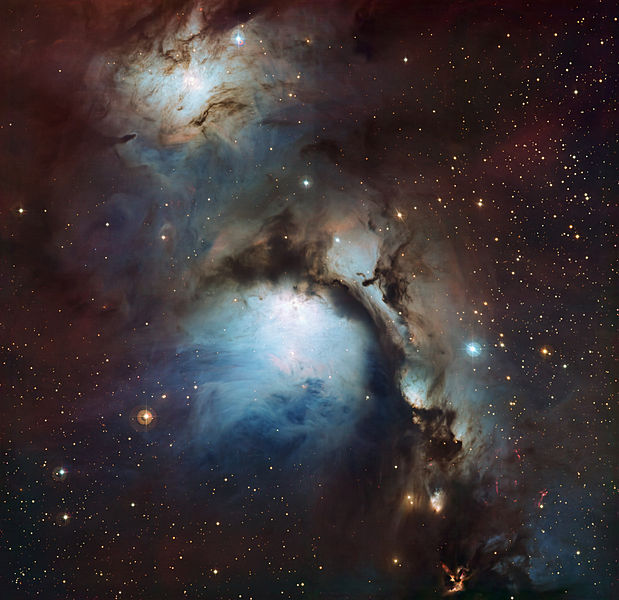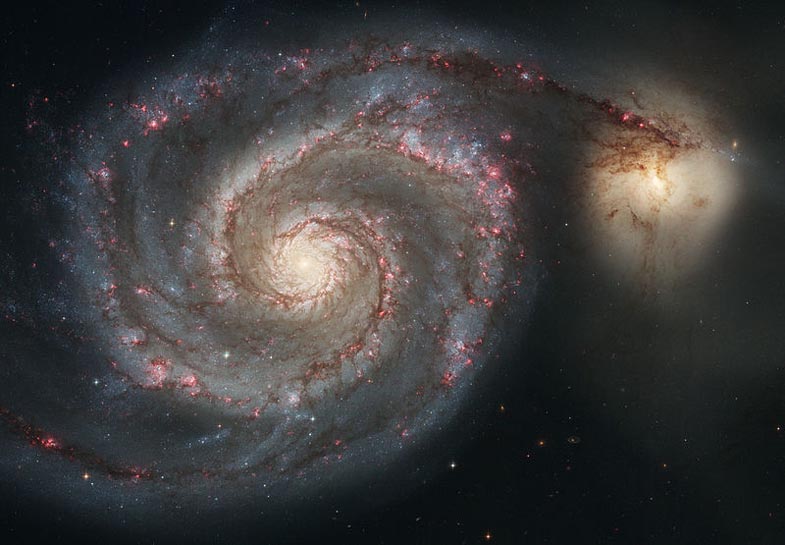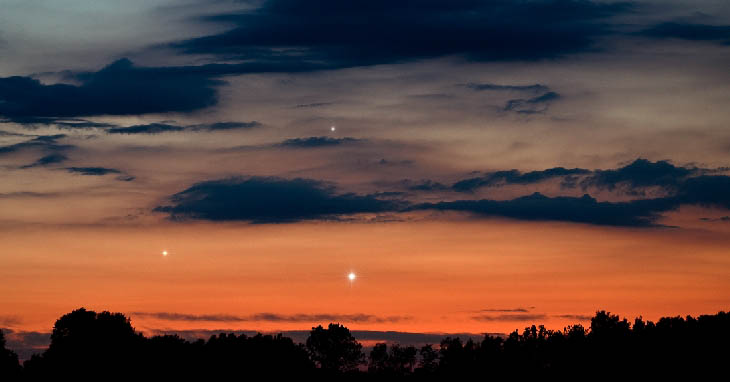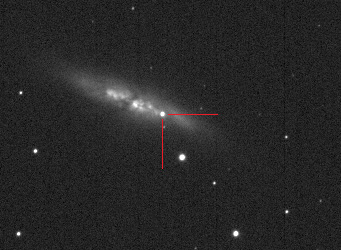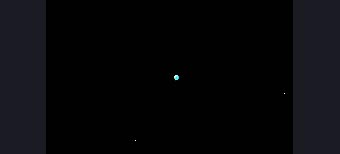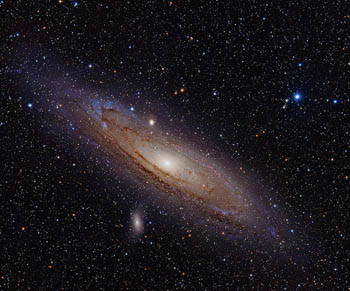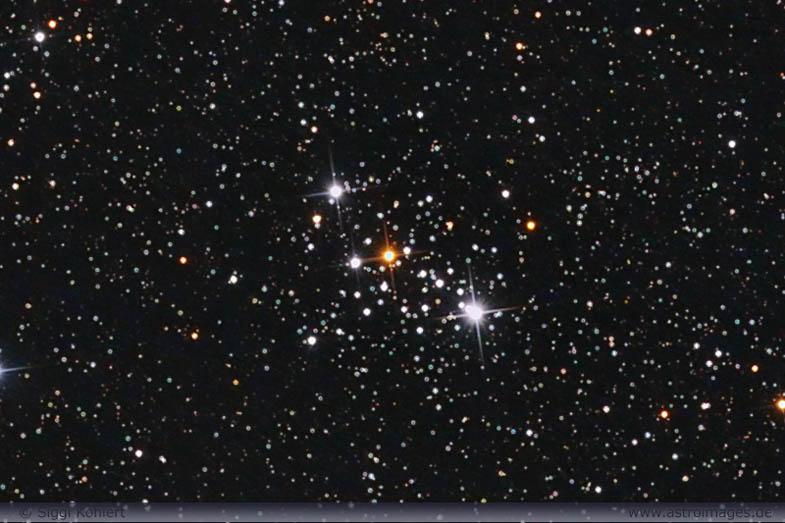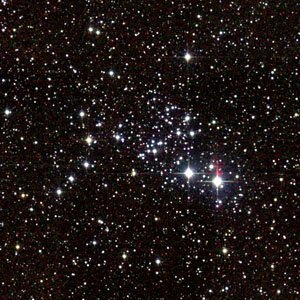| Prep, Get Out There, Review and Research |
| November
may not have been the best month for observing from here in the UK, going through
my log book i only have 4 viewing sessions logged, plus one session for the Leonids.
But, while not knocked out by any stunning event, I have had worse periods without
the clear skies. But the trick is still to get out there when you can, make notes and research afterwards. Normally I would say PREPARE ahead, but eventually you will be able to find your way about the sky without resorting to too many charts, then you will be able to identify what you are seeing, or at least be able to place what you have seen so you can research later. I find this very useful with Moon viewing. I now know my way around the surface in very crude terms, but make a couple of notes about peculiar shadows, locating them above below or to the side of a feature I do know how to find, then research afterwards. A small quick sketch is very useful, especially if there is no time to set up a proper imaging session. For the Moon I will even do a quick snap using a compact digital camera through the eyepiece (afocal imaging for a technical term), and hen view this alongside the fabulous FREE software from France - Virtual Moon Atlas on the computer. For those with an iphone, or ipod touch you can buy a program to display the Moon and its features, fully zoomable, for under a fiver. But for planets the quick image isn't really good enough and sketching for moon positions or surface detail can be done very quickly then named up later. The stars are even harder to image photographically in the quick set up mode, but position can be noted. Galaxies and nebulas are difficult to appreciate WITHOUT imaging. The human eye is just not set up to view faint detail or colour. If I know events are coming up, or can predict weather patterns for enough ahead to plan an evening viewing, I will spend some time using the computer to plan my observing sessions. Once you have a computer the software can be accessed very cheaply or for free., (Cartes du Ciel, Stellarium etc) This pre knowledge and after-viewing research enhances my viewing experience. It becomes a very rewarding part of viewing, and even can make up for that cloudy sky! Andy Burns - Chairman of Wiltshire Astronomical Society - Article appears in NWASNEWS - December 2009 |
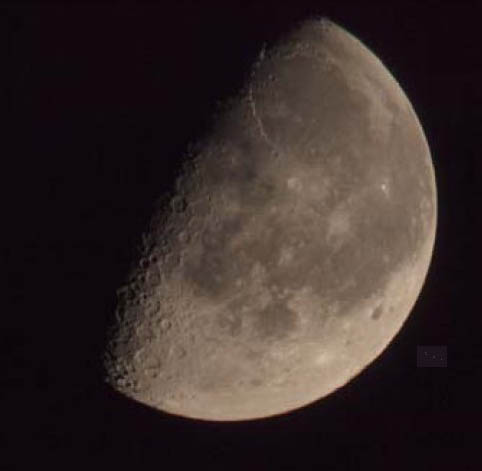 A quick, grab shot of the Moon. Early morning. Automatic exposure (unrecorded), taken using a small Olympus 790SW compact digital camera. Note using the camera against the eyepiece or afocally, as described above, results in a back to front image. This can be flipped in software, but Moon maps have been produced to take account of this flip/ mirrored image. Andy |
